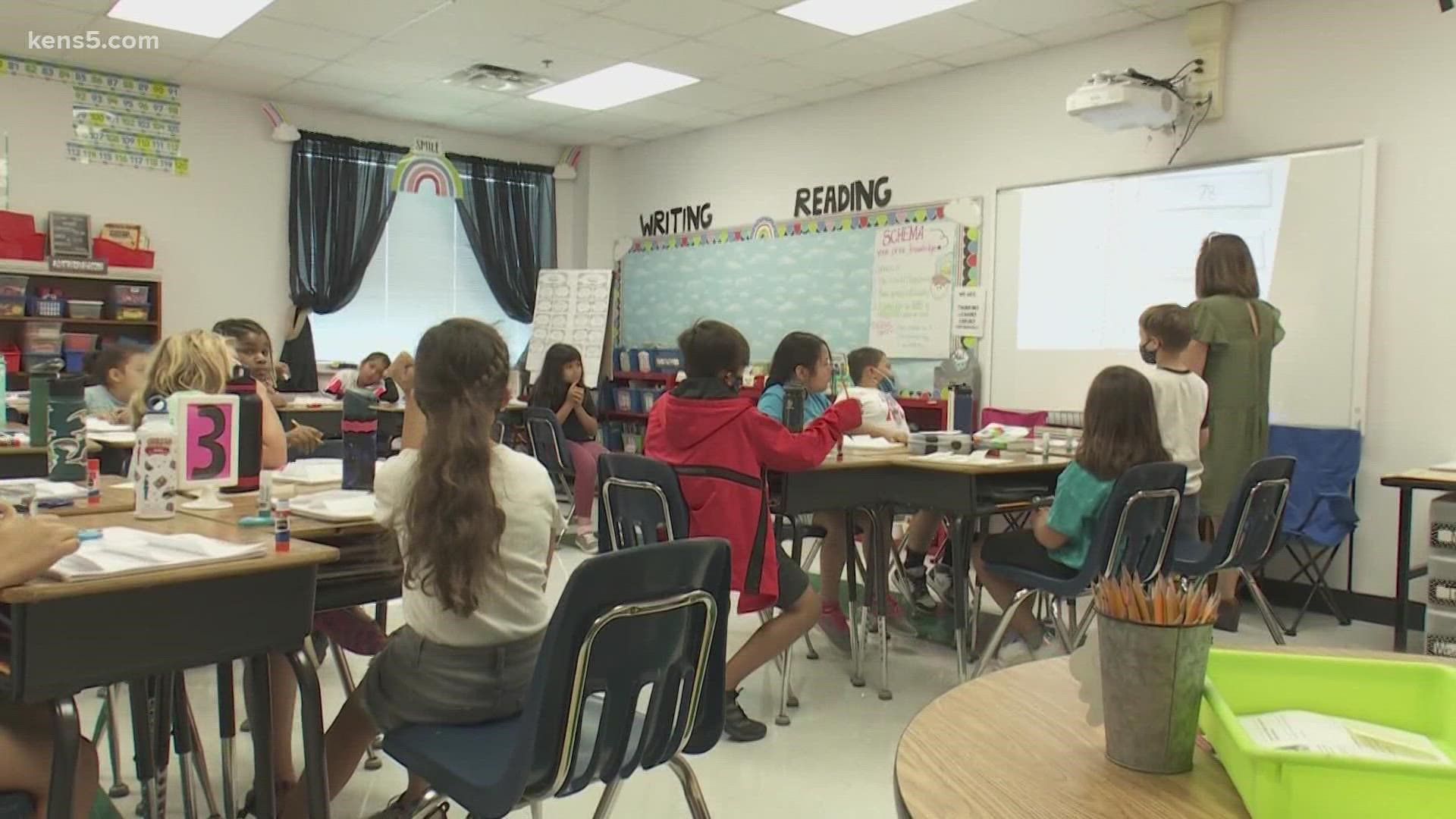SAN ANTONIO — Kids showing signs of illness are being sent home from school more often as concerns about the coronavirus linger. The role of the school nurse has always been an important one, but it’s a role that has changed over the past two years of life with COVID-19.
"The school nurses have been working extremely hard. They've also increased their role in the mitigation strategies that we have to fight this pandemic," Director of Health Services for Northside ISD Jennifer Krueger said.
Northside ISD is following guidance from the CDC and the Texas Department of State Health services, and conducting contact tracing, creating mitigation plans, on top of dealing with kids who may be sick or scraped their knee.
San Antonio ISD is following similar guidance. Associate Superintendent Toni Thompson said SAISD is experiencing a higher rate of COVID-19 cases than last year.
"This year, we have identified at least 1,400 and 50 positive student cases," Thompson said.
Data from Northside ISD shows 353 students were active with COVID-19 from Sept. 13 to Sept. 19.
That’s why when a child goes to the nurse's office with the sniffles or a headache, nurses' responses have changed.
"COVID symptoms -- they can mimic symptoms of several other illnesses," Krueger said.
Both districts offer COVID-19 testing at school, but admit students are being sent home more often. Krueger said it's due to the fact that rapid tests are not always "100 percent" accurate.
"We say more often just because we have so many students that are showing symptoms," Thompson said.
Both districts allow students to return to school if parents are able to produce another negative test. They also ask that parents communicate with their child's school, as well as their child's medical provider.
"Have the doctor provide any kind of alternate diagnosis so that we have something in the student's chart," Thompson said.
Both districts say they want kids in school, and they understand it can be frustrating when kids are sent home, but in the age of COVID-19, they want to play it safe.
"It is out of an abundance of caution, not only for their child, but for the other children around them," Thompson said.
Related links on KENS 5:

